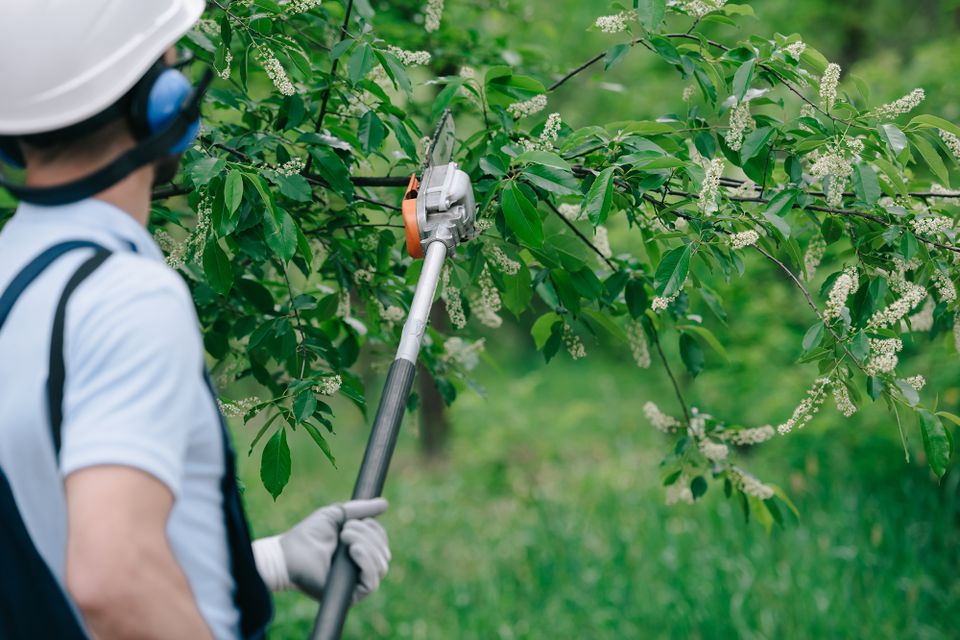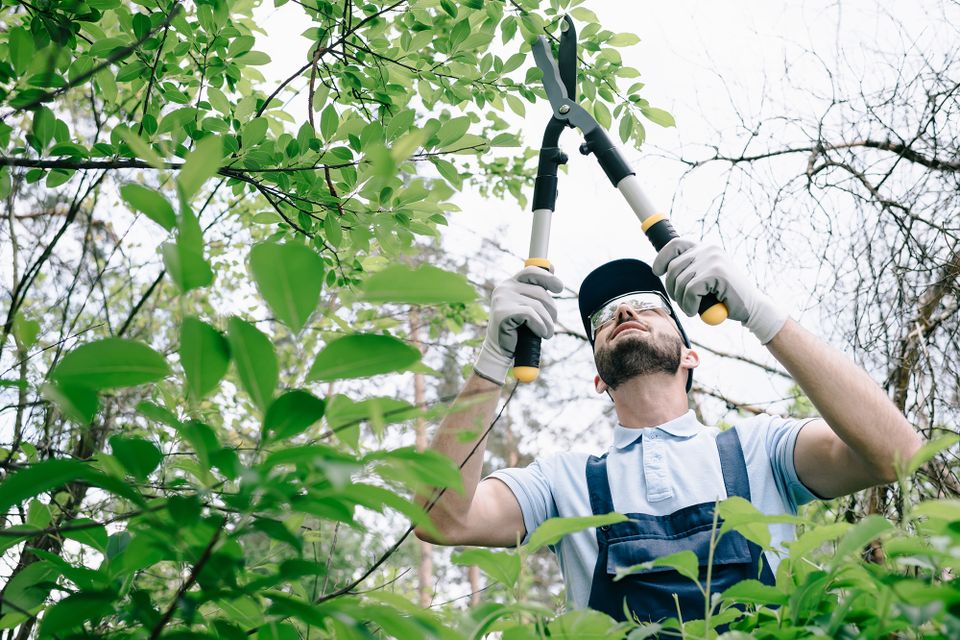Tree Care 101: Essential Maintenance Tasks for Healthy, Happy Trees
Trees are not just beautiful additions to our landscapes; they're living organisms that require care and attention to thrive. Proper tree care involves a combination of maintenance tasks aimed at promoting health, vitality, and longevity. In this comprehensive guide, we'll explore the essential tree care tasks every homeowner should know to ensure their trees remain healthy and happy for years to come.
1. Regular Inspection and Monitoring
Regular inspection and monitoring are the foundations of effective tree care. Take the time to visually inspect your trees for signs of damage, disease, or pest infestations. Look for cracked bark, dead branches, abnormal leaf discoloration, and signs of insect activity. Early detection allows you to address issues promptly before they escalate into more significant problems.
2. Proper Watering
Proper watering is crucial for maintaining the health of your trees, especially during periods of drought or hot weather. Provide trees with deep, infrequent watering to encourage deep root growth and drought tolerance. Water trees at the base, avoiding wetting the foliage, and ensure the soil is moist but not waterlogged. Mulching around the base of the tree can help retain soil moisture and regulate soil temperature.
3. Mulching
Mulching is an essential practice that offers numerous benefits for tree health. Apply a layer of organic mulch, such as wood chips or shredded bark, around the base of the tree, extending several feet from the trunk. Mulch helps retain soil moisture, suppresses weed growth, and regulates soil temperature. Additionally, as mulch breaks down, it enriches the soil with organic matter, promoting healthy root development.
4. Pruning and Trimming
Pruning and trimming are vital maintenance tasks that promote tree structure, aesthetics, and overall health. Remove dead, diseased, or damaged branches to improve air circulation and prevent the spread of disease. Additionally, thinning the crown allows sunlight to penetrate the canopy, promoting healthy foliage growth. Prune trees during their dormant season to minimize stress and avoid interfering with spring growth.
5. Fertilization
While trees typically derive nutrients from the soil, they may benefit from supplemental fertilization, especially in nutrient-poor soils or urban environments. Conduct a soil test to assess nutrient levels and pH before applying fertilizers. Choose a slow-release, balanced fertilizer specifically formulated for trees and follow application instructions carefully to avoid over-fertilization, which can harm the tree.
6. Pest and Disease Management
Pests and diseases can pose significant threats to tree health if left unchecked. Implement proactive pest and disease management strategies, such as monitoring for signs of infestation, promoting tree vigor through proper care practices, and applying targeted treatments when necessary. Consult with a certified arborist for accurate diagnosis and treatment recommendations for specific pest or disease issues.
7. Protection During Construction
Construction activities can have detrimental effects on nearby trees, including soil compaction, root damage, and physical injury to the trunk or branches. Take proactive measures to protect trees during construction projects, such as installing physical barriers around the root zone, avoiding heavy machinery near trees, and consulting with a certified arborist for guidance on tree preservation techniques.
In conclusion, proper tree care involves a combination of maintenance tasks aimed at promoting health, vitality, and longevity. By implementing these essential practices, you can ensure your trees remain healthy, happy, and thriving for generations to come. If you're unsure about any aspect of tree care or encounter issues beyond your expertise, don't hesitate to seek guidance from a certified arborist or tree care professional.


